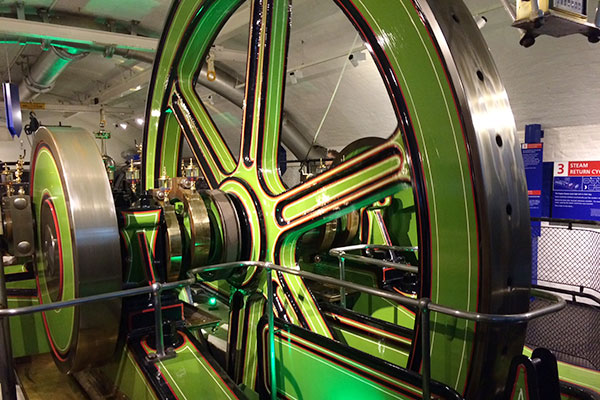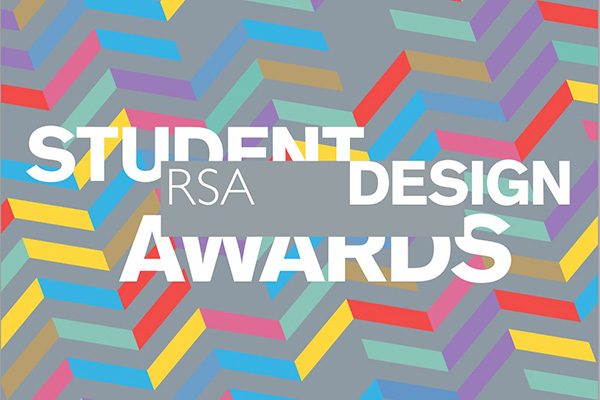Here within the RSA design team, we are known for our mantra: design and designers have a vital role to play in making citizens, and therefore society, more resourceful. We argue that a fundamental optimism with respect to progress, change and fulfilling needs is at the core of design. But just as the definition of design is becoming increasingly diffuse, so is the quality of design becoming increasingly varied. This prompts the question: what constitutes good design, how is it measured and what are its effects?
Ben Toombs addressed the effects of good design in his recent post On Everyday Beauty, acknowledging the fundamental link between a sense of civic pride and well-designed, beautiful places and spaces. Toombs’ point is a good one and one that is widely perpetuated in urban design circles and as a way of highlighting the benefits of place-making. But, in her piece, You know more than you think you do: design as resourcefulness & self-reliance, Emily Campbell, the RSA Director of Design, notes that “Good design in itself is not a guarantee of good citizenship.” But what about bad design? Does bad design have a role in perpetuating or facilitating bad citizenship?
Design starts with a problem of what people want and/or need and finds a solution. Bad design takes many forms and in its worst, it can exacerbate a problem rather than solve it. Does this mean, then, that it can even be called design? I’ve been toiling over this idea for years and I wrote about extensively in Design Denied: The Ethics of Withholding Good Design, but I’d like to know what others think…
Bad design is increasingly abundant. In her piece, Campbell acknowledges that an increased prevalence of amateur design, especially provoked by electronic design tools, “breeds quantity more than quality; it adds to the complexity and abundance of our world, rather than producing clarity.” (Of course, amateur design does not necessarily equate to bad design, but it can and often does). So, are there principles of bad design (does bad design even have principles?) that we can learn from to help us inform good design? Is bad design a necessary part of the development of good design (as the ‘try, try again’ philosophy seems to imply)?
Designers today have a responsibility to not only promote the resourcefulness of design, but specifically good design. Campbell is on to something: the professional designer needs to not only increase access to design tools, but also to champion good design and raise the overall quality of design.
Any thoughts?
Related articles
-
Blog: Saving Design Thinking from itself
Sevra Davis
We have arrived at a critical moment for design thinking. Sevra Davis explores how we can champion a radical new future for design.
-
36 Hours in Hong Kong
Sevra Davis
Have you ever spent 36 hours in Hong Kong? Sevra Davis has! As the RSA Director of Design and Challenges and Student Design Awards, Sevra was invited to Hong Kong by Birmingham City University in collaboration with the School of Higher and Professional Education (SHAPE) programme at Hong Kong Design Institute (HKDI).
-
Blog: A new day for design for social innovation
Sevra Davis
As the RSA Student Design Awards launch their programme for 2015-16, we look at how design thinking can help create social innovation




Be the first to write a comment
Comments
Please login to post a comment or reply
Don't have an account? Click here to register.